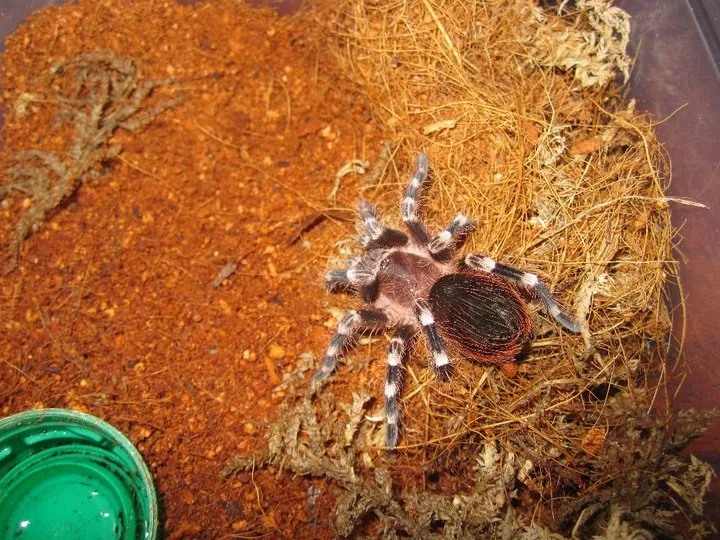Tarantula Prep: Top 7 Tips for Beginners
Bringing a tarantula into your home can be an exciting experience. These fascinating creatures are relatively low-maintenance pets, but proper preparation is key to ensuring their well-being and your enjoyment. This guide provides seven essential tips to help beginners successfully care for their tarantulas, covering everything from species selection to enclosure setup and health maintenance. By following these guidelines, you can create a thriving environment for your eight-legged friend and embark on a rewarding journey into the world of tarantula keeping.
Research Your Tarantula Species
Before acquiring a tarantula, extensive research is crucial. Different species have varying needs regarding size, temperament, humidity, temperature, and feeding habits. Some species are more docile and suitable for beginners, while others may be more defensive or require specialized care. Investigate the specific requirements of the species you are considering, paying close attention to its natural habitat and lifecycle. This knowledge will inform your decisions about enclosure setup, feeding, and overall care, ensuring your tarantula thrives.
Understand Tarantula Behavior
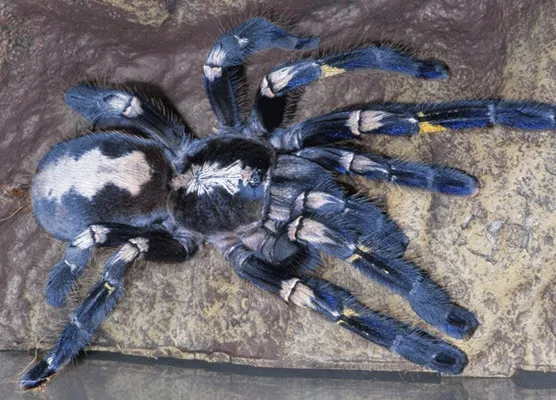
Familiarize yourself with tarantula behavior. Tarantulas are generally solitary creatures, and understanding their behavior is vital for their care. Learn to recognize signs of stress, such as defensive postures or refusal to eat. Observe their activity patterns, including when they are most active and their preferences for hiding or burrowing. This understanding will help you provide a suitable environment and respond appropriately to your tarantula’s needs, ensuring a stress-free life.
Select the Right Enclosure
Choosing the correct enclosure is one of the most important steps in tarantula care. The enclosure should provide ample space for your tarantula to move around, burrow, and feel secure. Consider the size of the species when selecting the enclosure, allowing for future growth. The enclosure should also be escape-proof, with a secure lid and appropriate ventilation to maintain air quality and humidity levels. A well-chosen enclosure is a foundation for a healthy and happy tarantula.
Size and Material Considerations
The size of the enclosure should be proportionate to the tarantula’s size and future growth. A good rule of thumb is to provide an enclosure that is at least three times the tarantula’s leg span in width and length. The enclosure material can be glass, acrylic, or plastic, but it must be durable and easy to clean. Ensure the enclosure is well-ventilated to prevent the build-up of humidity and maintain a healthy environment for the tarantula. Avoid enclosures with rough surfaces that could damage the tarantula’s legs or fangs.
Substrate and Decorations
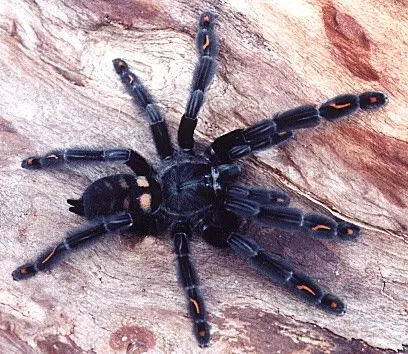
The substrate should be appropriate for the species and should help maintain the desired humidity levels. Popular substrate choices include coconut fiber, peat moss, and vermiculite. Avoid substrates that could be toxic or harmful if ingested. Decorations such as cork bark, artificial plants, and hides provide enrichment and a sense of security. These additions can improve the tarantula’s quality of life by offering a place to retreat and feel safe, contributing to its well-being and natural behaviors.
Set Up the Environment
Creating the right environment for your tarantula involves carefully managing temperature, humidity, and ventilation. This requires specific tools and careful monitoring to ensure your pet’s comfort and health. By creating an environment similar to their natural habitat, you enhance your tarantula’s quality of life and increase your enjoyment of the pet.
Temperature and Humidity Control
Temperature and humidity are critical for a tarantula’s health. Research the specific temperature and humidity requirements for your species. Use a thermometer and hygrometer to monitor these levels regularly. Heating pads or heat lamps can be used to maintain the appropriate temperature, but ensure they are used safely and do not overheat the enclosure. Maintaining proper humidity can be achieved by misting the enclosure with dechlorinated water and using a substrate that retains moisture.
Proper Ventilation
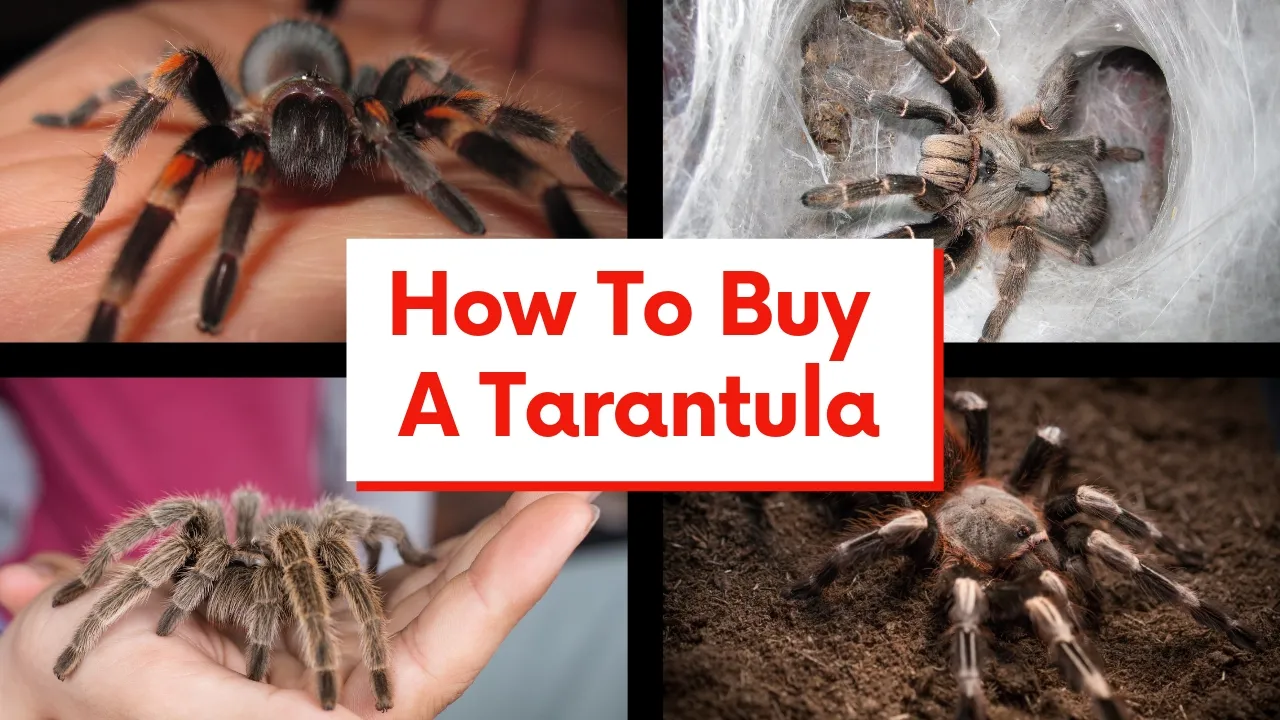
Adequate ventilation is essential to prevent the growth of mold and maintain air quality. Ensure the enclosure has adequate ventilation holes or a mesh top to allow for air circulation. Avoid placing the enclosure in direct sunlight or near drafts. Monitor the enclosure for condensation, which can indicate poor ventilation or excessive humidity. Regular maintenance and attention to these environmental factors are vital for tarantula health.
Feeding Your Tarantula
Feeding is a crucial aspect of tarantula care. Tarantulas are opportunistic predators, and their diet primarily consists of insects. It is important to provide a varied and nutritious diet to ensure your tarantula’s health and growth. The type of food, the frequency of feeding, and the way you provide water all impact your pet.
Choosing the Right Food
The diet for your tarantula primarily consists of insects. Crickets, mealworms, and roaches are common choices. Ensure the insects are gut-loaded with nutritious food before feeding them to your tarantula. Avoid feeding wild-caught insects, as they may carry parasites or pesticides. The size of the prey should be appropriate for the tarantula; generally, the prey should be no larger than the tarantula’s body.
Feeding Frequency
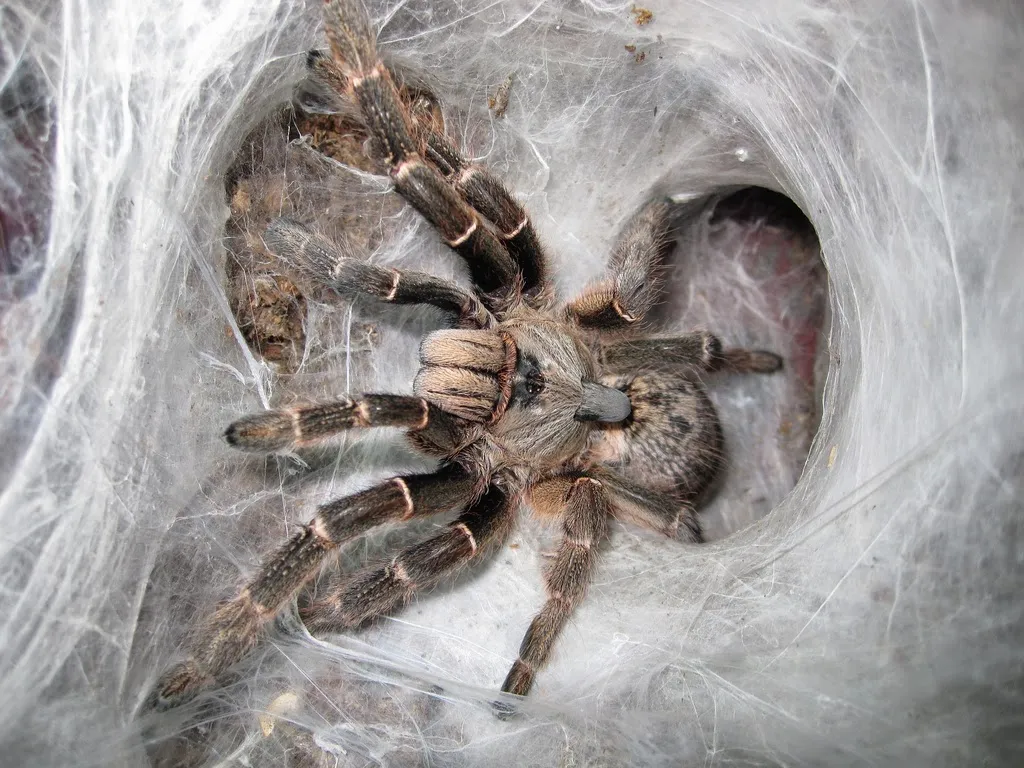
Feeding frequency depends on the tarantula’s age and species. Young tarantulas typically need to be fed more frequently than adults. Observe your tarantula’s feeding behavior to determine its appetite. Some tarantulas may refuse food before a molt. Remove uneaten food after 24 hours to prevent mold growth. Adjust the feeding schedule based on the tarantula’s activity level and overall health.
Watering Your Tarantula
Providing fresh water is essential for tarantulas. They need water to stay hydrated and to assist with molting. Keep the water clean and readily available for your tarantula. There are two primary ways to provide water.
Water Bowl and Misting
A shallow water dish is a simple and effective method of providing water. The dish should be shallow enough to prevent the tarantula from drowning. Place the water dish in a stable location within the enclosure. Misting the enclosure with dechlorinated water can also provide moisture, especially for species that require higher humidity. However, avoid over-misting, which can lead to mold growth.
Molting and Handling
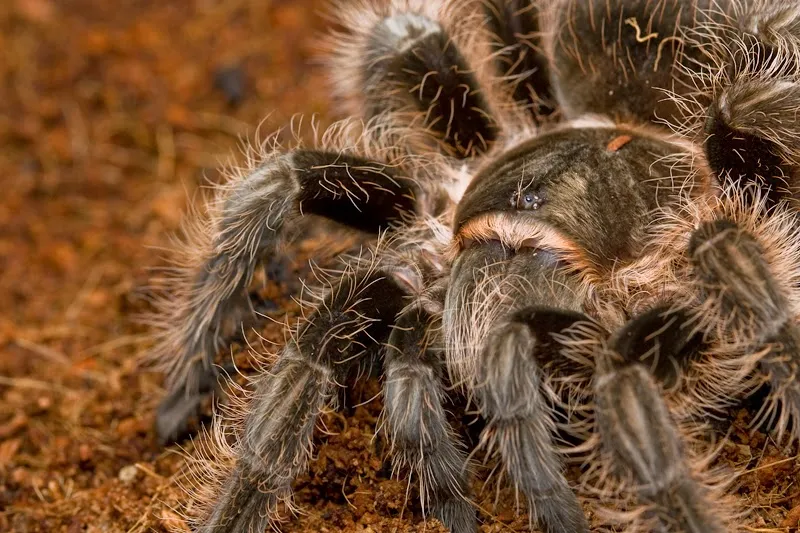
Molting is a natural process for tarantulas, as they shed their exoskeleton to grow. During this time, tarantulas are vulnerable, and it is essential to understand how to care for them during this process. Understanding the molting process and handling your pet correctly will enhance the enjoyment of keeping tarantulas.
Recognizing a Molt
Signs that your tarantula is about to molt include loss of appetite, lethargy, and a change in color. The tarantula may also start building a web mat or lying on its back. Do not disturb your tarantula during the molting process. Provide a secure and undisturbed environment. Avoid feeding the tarantula during this time. Once the molt is complete, wait a few days for the new exoskeleton to harden before feeding again.
Handling Precautions
Tarantulas should be handled with caution. Avoid handling your tarantula unless necessary, such as for enclosure maintenance or health checks. If handling is necessary, do so gently and slowly. Avoid sudden movements, which can startle the tarantula. Always handle the tarantula over a soft surface in case it falls. Be aware that some tarantulas may be defensive and have urticating hairs, which can cause irritation. Handling is a choice, and many experienced keepers suggest it is not needed for proper care.
Health and Hygiene
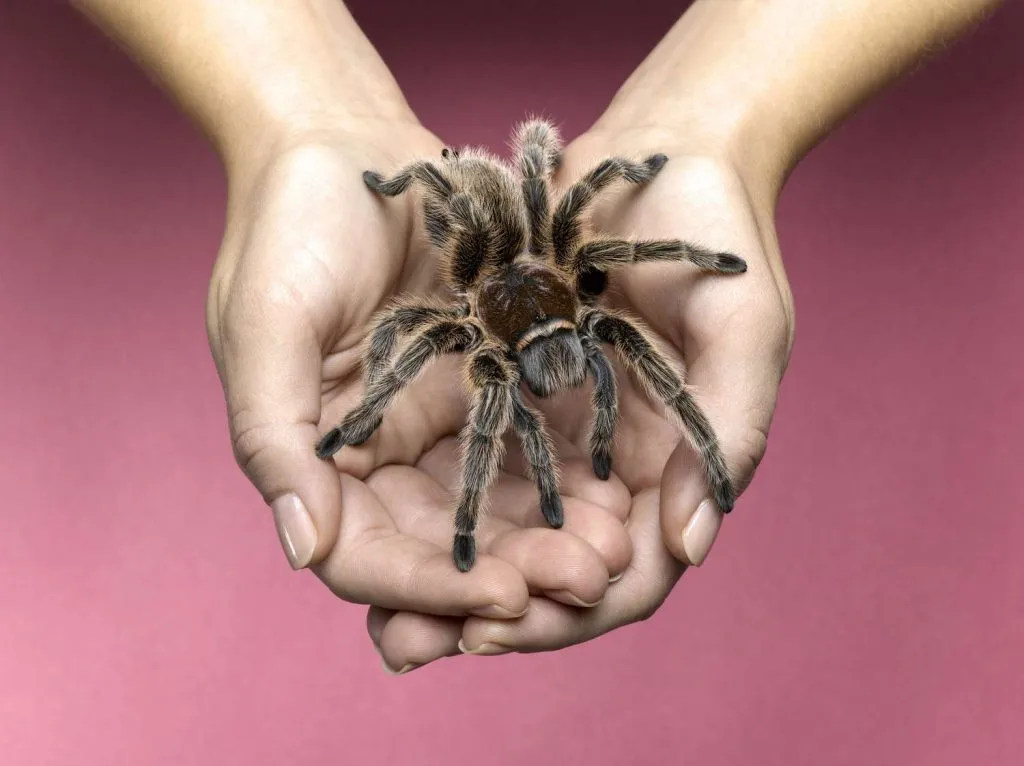
Maintaining a clean environment and being vigilant about your tarantula’s health is vital. Regular checks and cleaning are necessary to prevent diseases and maintain the overall health of your pet. Careful monitoring and immediate response to any problems are the best practices.
Cleaning the Enclosure
Regular cleaning is essential for maintaining a healthy environment. Remove uneaten food, shed exoskeletons, and fecal matter regularly. Spot-clean the enclosure as needed and replace the substrate periodically. Use a mild, pet-safe cleaning solution if necessary. Avoid using harsh chemicals, which can harm the tarantula. A clean enclosure reduces the risk of disease and maintains optimal conditions.
Identifying Potential Health Issues
Learn to recognize signs of illness, such as lethargy, loss of appetite, or unusual behavior. Check for mites, which can be a common problem. Consult an experienced tarantula keeper or a veterinarian specializing in exotic animals if you notice any signs of illness. Early detection and treatment are essential for ensuring your tarantula’s health and well-being.
Enjoying Your Tarantula
Keeping a tarantula can be a rewarding experience. By following these tips, you will be well-prepared to provide a safe, healthy, and stimulating environment for your pet. Take pleasure in observing your tarantula’s behavior, learning about its unique characteristics, and marveling at its beauty. With the right preparation and care, you can enjoy the fascinating world of tarantulas.
